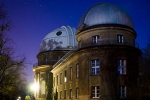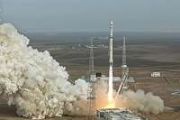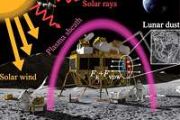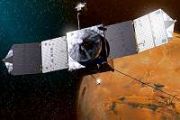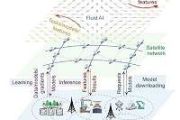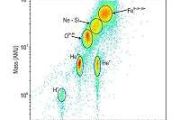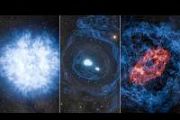
Neil Biswas
MUSE (Multi Unit Spectroscopic Explorer)
The Multi Unit Spectroscopic Explorer (MUSE) is a second generation instrument installed at the Very Large Telescope (VLT) of the European Southern Observatory (ESO).
It is an integral-field spectrograph operating in the visible wavelength range. It combines a wide field of view with a fine spatial sampling and a large simultaneous spectral range. It is designed to take advantage of the improved spatial resolution provided by adaptive optics. MUSE had first light on the VLT on 31/01/2014.
Leibniz-Institut für Astrophysik
Leibniz Institute for Astrophysics Potsdam (AIP) is a German research institute.
It is the successor of the Berlin Observatory founded in 1700 and of the Astrophysical Observatory Potsdam (AOP) founded in 1874. The latter was the world's first observatory to emphasize explicitly the research area of astrophysics. The AIP was founded in 1992, in a re-structuring following the German Reunification.
The AIP is privately funded and member of the Leibniz Association. It is located in Babelsberg in the state of Brandenburg, just west of Berlin, though the Einstein Tower solar observatory and the great refractor telescope on Telegrafenberg in Potsdam belong to the AIP.
The key topics of the AIP are cosmic magnetic fields (magnetohydrodynamics) on various scales and extragalactic astrophysics. Astronomical and astrophysical fields studied at the AIP range from solar and stellar physics to stellar and galactic evolution to cosmology.
SeeReal Technologies GmbH
SeeReal Technologies GmbH is a Dresden-based company focusing on the development of 3D display solutions. It is owned by its Luxembourg parent company SeeReal Technologies S.A., which is responsible for marketing, partnering and IP licensing.
The firm was founded in 2002. SeeReal develops technology that is licensed to display manufacturers, including several variants of a tracked autostereoscopic display, Spatial Light Modulators, Diffraction Gratings, Holography.


